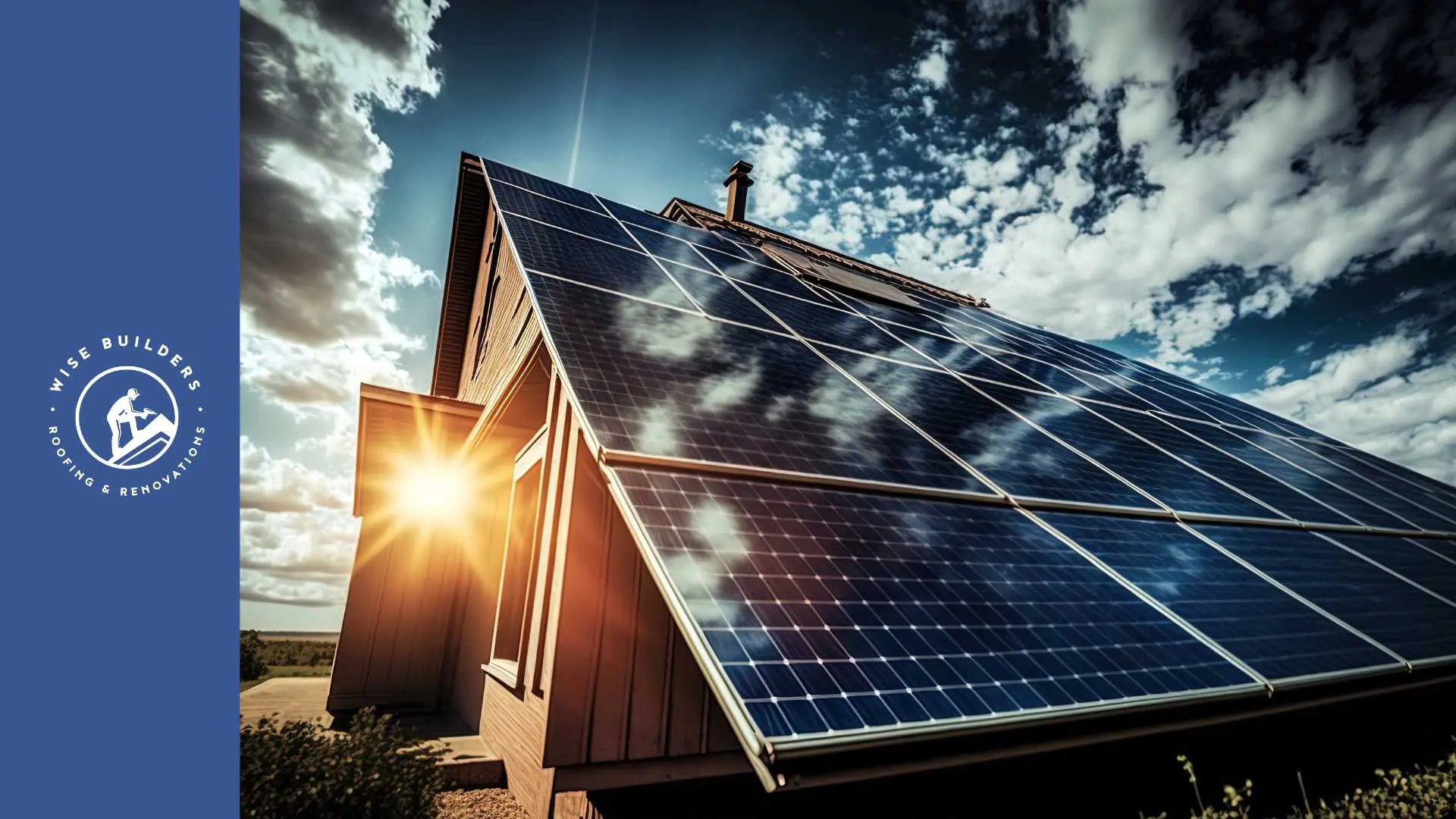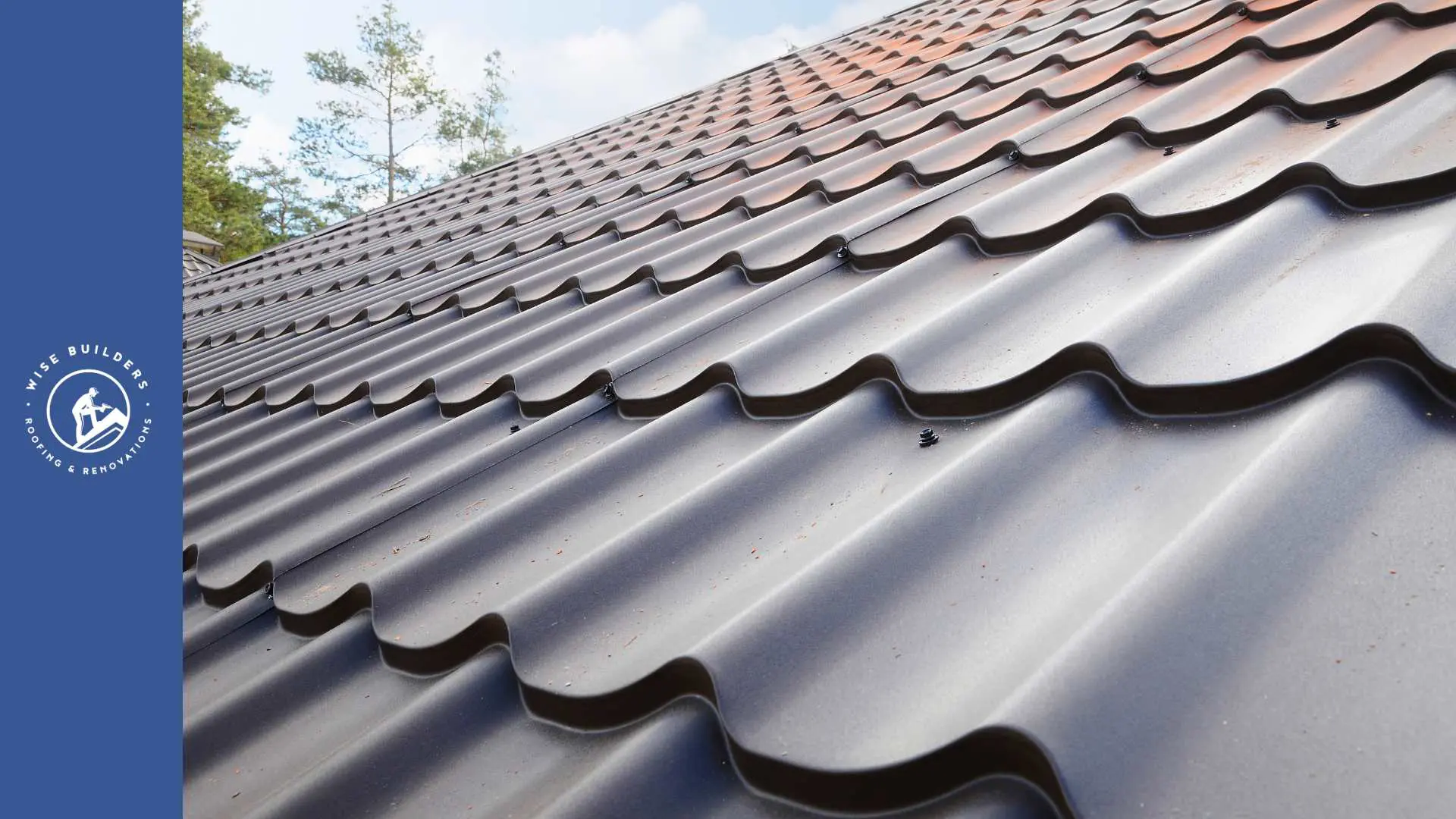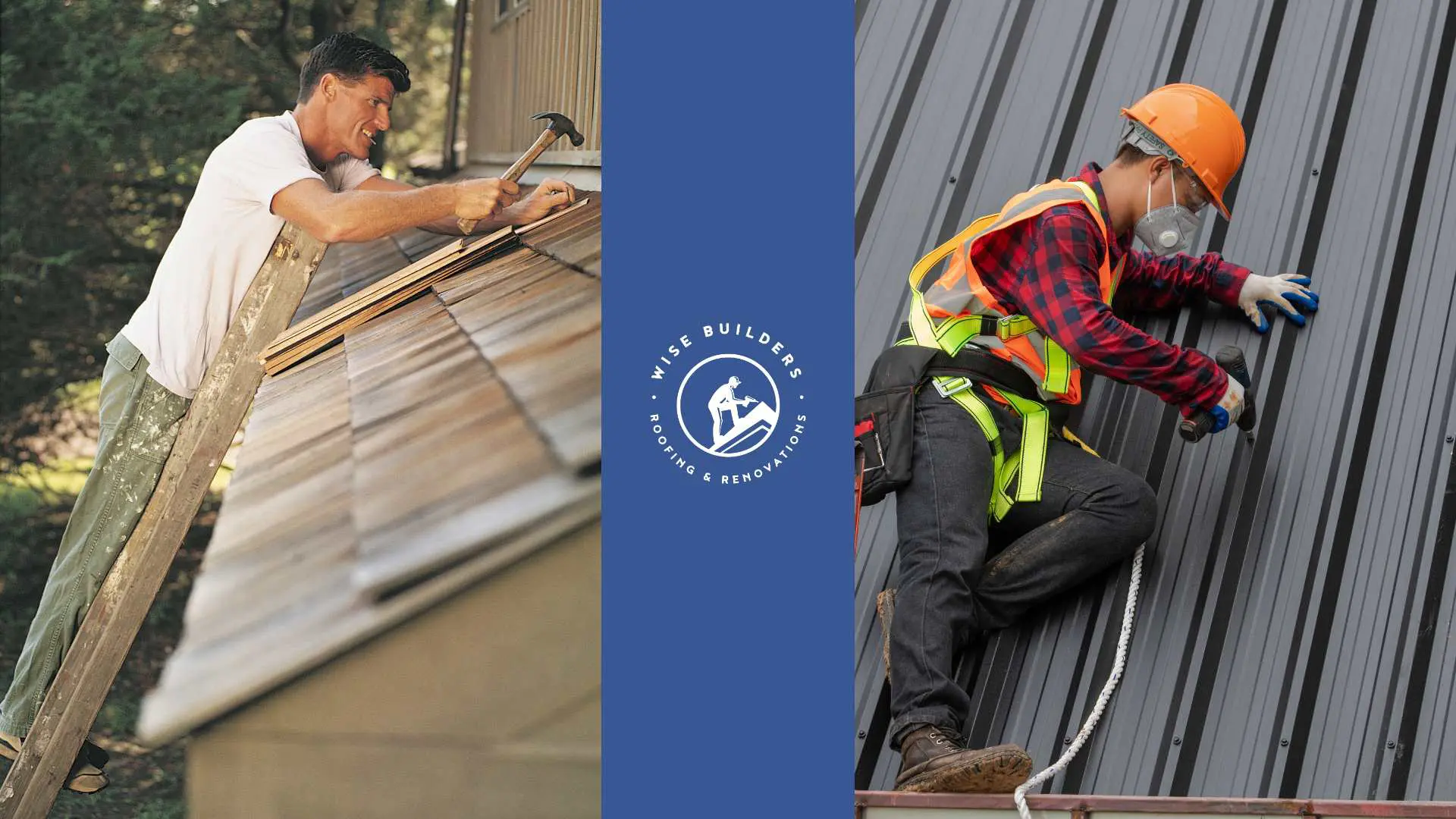Key Highlights
- A failing roof can lead to significant damage and costly repairs, making replacement essential for protecting your home and belongings.
- Look for signs like leaking, missing or damaged shingles, and visible sagging as indicators that your roof may need replacement.
- Consider your roof’s age and expected lifespan, with asphalt shingles typically lasting 20-30 years, as a factor in your decision-making.
- Engage a reputable roofing contractor to assess your roof’s condition thoroughly and receive an accurate estimate for replacement costs.
- Research and carefully choose suitable roofing materials like asphalt, metal, or tile based on your budget, aesthetic preferences, and climate.
Introduction
A roof replacement is an important investment for any homeowner. It is also a necessary step. If your old roof is damaged or close to its lifespan, you need to fix this problem quickly. This can stop bigger and more costly issues from happening. Talking to a reliable roofing contractor can help you check your roof’s condition. They can also support you during the replacement process, and if you’re considering energy efficiency, think about installing solar panels at this time.
Recognizing the Need for a New Roof
Noticing the signs of an old roof can help you avoid big repair costs later. Some problems may look small at first, but they often indicate deeper issues that need fixing. By taking care of these problems early, you can stop further damage to your home and may save thousands of dollars in the future.
Common signs include leaks, water damage, and clear wear on the shingles. Also, keep track of your roof’s age and potential issues like an ice dam. If it is close to or past its normal lifespan, it may be time to think about getting a new roof.
Visible Damage and Leaks
One clear sign that your roof needs to be replaced is visible property damage. This damage can show up in different ways. You might see missing, cracked, or curling shingles. These issues can let water damage your roof deck, leading to leaks.
Leaks are a nightmare for any homeowner. They often mean your roof is not strong anymore. If you find water stains or moisture on your ceilings or walls after it rains, that is a warning sign. A single leak might be fixable. However, if there are many leaks or a lot of water damage, you will need a full replacement.
The condition of the shingles also matters. If you see a lot of loose granules or shingle granules in your gutters or around your downspouts, it means your roof is losing its protective layer of shingles. This makes it more at risk for water damage.
Age and Expected Lifespan of Your Current Roof
Even if your roof looks fine, its age might mean it needs replacing. Asphalt shingles, the most common roofing material, usually last about 20-30 years. Many things like weather, ventilation, clay tiles, and upkeep can change this lifespan.
If your roof is close to the end of its useful life, but still in good condition, you should get a professional roof inspection. A skilled roofing contractor can check your roof’s condition, find possible problems, and tell you if you need a replacement.
Thinking ahead and replacing an old roof is often smarter than waiting for big issues to happen. This way, you can handle the problem when it suits you, avoid emergencies, and keep your home safe.
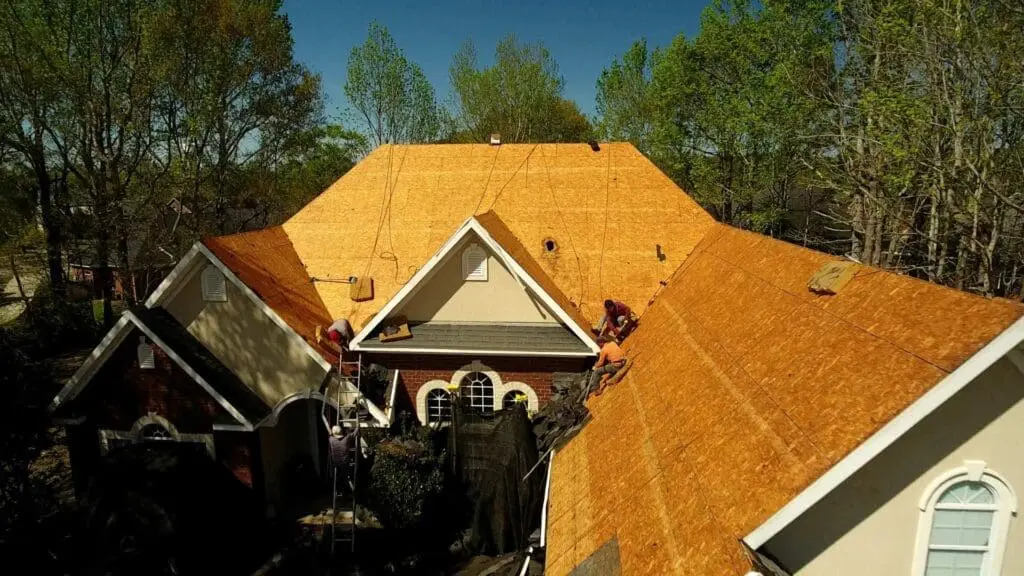
Preparing for a Roof Replacement: A Beginner’s Guide
Replacing a roof might feel overwhelming, but knowing the key steps can help. Start by collecting important documents. Learn about the different materials you can use. Choose a trustworthy contractor to work with. This will set you up for a successful home project.
This guide will make the process easier for you. It will help you prepare for your roof replacement and cleanup. We will cover various roofing materials and how to find a good contractor. You will get all the information you need to make smart choices during the whole process.
What You Will Need to Get Started
Before reaching out to roofing contractors, gather a few important things to help with the process. Having these items ready will make it easier for you to share your needs and will lead to a smoother meeting.
- Homeowners Insurance: Look at your policy to know what it covers for roof replacement, especially if the damage is from something that is covered.
- Home Improvement Records: If you have any papers about past roof repairs or the original installation, gather them. This shows important details about your roof’s history.
- Photos of Your Roof: Take clear photos of any visible damage. These pictures will help when you talk about your roofing needs with the contractors.
Having this information ready will make it easier to talk with potential contractors and make sure everyone understands the situation.
Understanding Roofing Materials and Their Benefits
Choosing the right roofing material, such as vinyl, is crucial for both the aesthetics and functionality of your home. Each material comes with pros and cons, and understanding these differences can help you make the best choice based on your budget, style preferences, and climate.
Asphalt shingles are popular for their affordability and ease of installation. For enhanced aesthetics and longevity, consider architectural shingles, offering a dimensional look. Slate roofing is a high-end option that provides exceptional durability and energy efficiency, though it comes at a higher upfront cost compared to metal roofing.
| Material | Pros | Cons |
| Asphalt Shingles | Affordable, readily available | Shorter lifespan compared to other options |
| Architectural Shingles | Enhanced aesthetics, increased durability | Higher cost than traditional asphalt shingles |
| Metal Roofing | Long-lasting, energy efficient, fire-resistant | More expensive upfront, can be noisy during rainstorms |
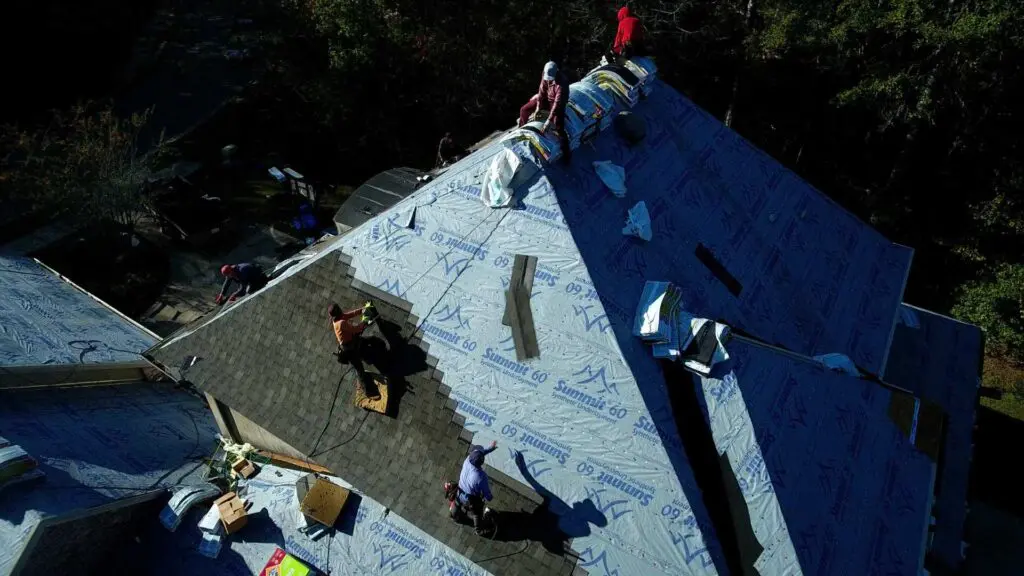
Step-by-Step Guide to Roof Replacement
Replacing your roof is a big task that needs careful planning and action. By dividing the process into smaller steps, we want to give homeowners a clear guide. This will help them tackle the project with confidence.
This helpful guide will walk you through each stage. This way, you will understand everything as you go along.
Step 1: Choosing the Right Roofing Contractor
Choosing a reliable and skilled roofing contractor is very important for your project. Start by asking friends, family, or neighbors for suggestions if they have recently replaced their roofs. It also helps to check online reviews and ratings to understand the reputation of possible contractors.
When you look at contractors, make sure to check their licenses and insurance. Ask for a copy of their general liability and workers’ compensation insurance certificates to confirm they have the right protection. A trustworthy contractor will give you this information easily, which will make you feel more secure for potential lenders.
Also, ask about the warranties for the materials and work. A good warranty shows that the contractor believes in their work. It also gives you options if there are any problems after the installation.
Step 2: Assessing Your Roofing Needs with a Professional
Once you pick a roofing contractor, set up a full roof inspection. A complete inspection will find problems that you might not see. This helps get an accurate assessment.
The roofing contractor will check your roof’s structure, shingles, flashing, and ventilation. They will look for signs of leaks, water damage, rot, or other problems that could harm your roof. This look-over helps figure out how much work is needed. It allows the contractor to plan what is best for you.
By finding and fixing these issues early, you can stop more damage to your property. You might even save money by avoiding expensive repairs later. A thorough inspection is an important step to ensure a good and long-lasting roof replacement.
Step 3: Planning Your Budget
Roof replacement costs a lot, so it’s important to create a realistic budget. Get detailed price estimates from several roofing contractors. This will help you compare costs and find good prices. Keep in mind that the cheapest bid isn’t always the best choice. It’s important to focus on quality materials and work for lasting value.
Look at how long different roofing materials last when checking prices. Some materials might be more expensive at first, but their long life can save you money later. Talk about financing options with your contractor. Many contractors provide payment plans or financing to help make the project easier to afford.
By planning your budget carefully and looking into different financing options, you can feel confident about your roof replacement.
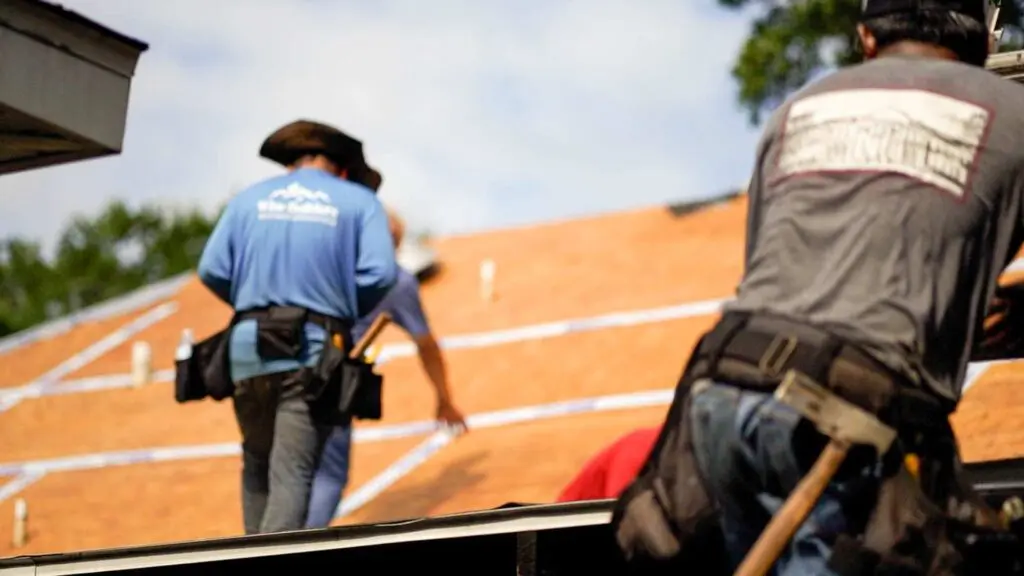
Step 4: Scheduling the Replacement
Once you have set your budget and chosen a roofing contractor, it’s time to plan the roof replacement. Work together with your contractor to find a period that works with your schedule and the weather. Remember, replacing a shingle roof usually takes a few days. This depends on how big and tricky your roof is.
Before the day arrives, make sure your property is easy to access. Remove anything that might block the roofing crew. This means trimming any trees, taking away fragile items, and letting your neighbors know about the project.
By planning ahead and talking clearly with your roofing contractor, you can help make the installation process go smoothly.
Conclusion
In conclusion, it is very important to recognize the signs that you need a new roof. This could be visible damage, leaks, or simply the age of your roof. Acting early can help you avoid expensive repairs later on. By following a step-by-step guide for roof replacement and selecting the right roofing contractor, you can make the change to a new, secure roof easier. If you are ready for this, think about getting quotes from trustworthy professionals as there’s a good chance to start the process confidently. Your home needs the best protection, and a new roof is a big investment for its safety and lasting quality.
Why Choose Wise Builders for Roof Replacement in Mobile AL

Choosing the right contractor for your roof replacement is crucial to the success of your project. At Wise Builders Roofing and Renovations, we offer a combination of expertise, quality materials, and exceptional service to ensure your new roof meets the highest standards.
- Experience: With years of experience in the industry, our team has the knowledge and skills to handle any roofing project, big or small.
- Quality Materials: We believe in using only the best materials for our projects to guarantee durability and longevity for your new roof.
- Customer Service: Our priority is customer satisfaction.
We are highly rated by the Better Business Bureau and Nextdoor and we have 5 stars on, Google, Trust Index and Facebook.
Frequently Asked Questions
How Long Does It Take to Replace a Roof?
The time it takes to complete roofing projects can be different. This difference depends on things like the size of the roof, how complex it is, and the weather. A typical shingle roof replacement usually takes a few days. However, homeowners should talk to their roofing contractor for a better idea of how long their specific project will take.
Can I Stay in My Home During Roof Replacement?
It’s okay to stay in your home while you get a roof replacement. However, it might not be the best choice for comfort. The noise and dust from the work can make daily life hard. It’s usually better to find other places to stay, especially for families with young kids or sensitive people.
What are the signs that indicate you need a new roof?
Signs that indicate you need a new roof include missing or cracked shingles, water leaks in the attic, sagging roof deck, granules in gutters, and visible sunlight through the roof boards. If you notice any of these issues, it’s time to consider a roof replacement to avoid further damage.




